Too Fast for Love by Mötley Crüe
Buy Too Fast for Love Perhaps more than any other band, Mötley Crüe epitomized the “hair band” phenomena of the 1980s, with their updated version of 1970s glam. But they did have a […]
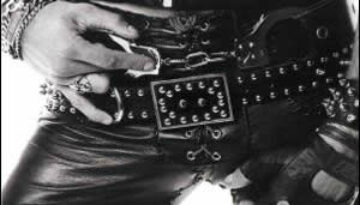
Buy Too Fast for Love Perhaps more than any other band, Mötley Crüe epitomized the “hair band” phenomena of the 1980s, with their updated version of 1970s glam. But they did have a […]
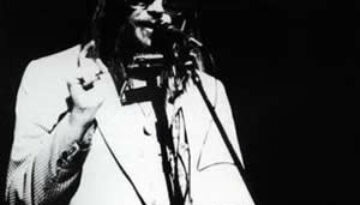
Buy Tonight’s the Night During an era of glam rock and progressive virtuoso, Neil Young delivered a raw and genuine record with Tonight’s the Night. Although released in mid 1975, the music on […]
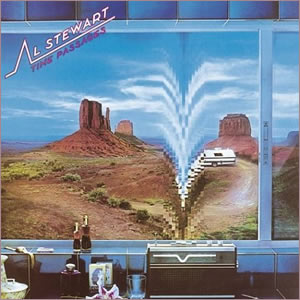
Buy Time Passages Time Passages was the third of Al Stewart‘s popular late seventies albums, following Modern Times in 1975 and Year of the Cat in 1976. While all three of these albums […]
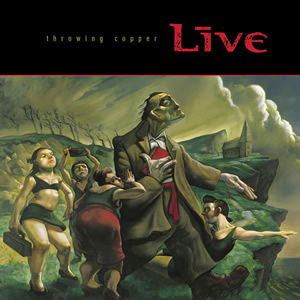
Buy Throwing Copper Throwing Copper is the second and most popular album by the Pennsylvania rock band Live. A signature album for the genre which would later be termed, “post grunge”, the album […]
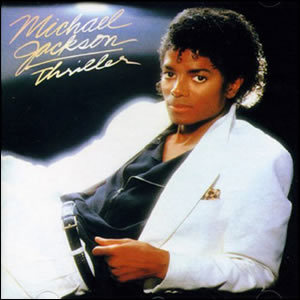
Thriller is the sixth studio album by Michael Jackson and the best selling album of all time. Seven of the nine songs on the album were released as singles and each one of […]
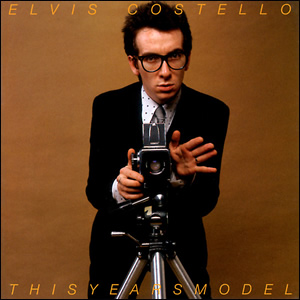
Buy This Year’s Model 1978 was a breakthrough year for Elvis Costello. His second album, This Year’s Model, was released in the Spring featuring his backing band, The Attractions, for the first time. […]

Buy Third Stage Tom Scholz is a figure unlike any other in the history of rock n roll. A natural inventor, Scholz studied at M.I.T. as a mechanical engineer. After graduating, he worked […]
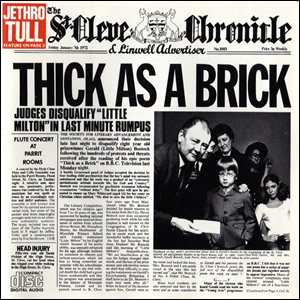
Buy Thick As a Brick Thick as a Brick may be the album that brought progressive rock to its ultimate end, being one long song that covered both sides of this fifth studio […]

Buy There Goes Rhymin’ Simon For his second post-Garfunkel effort, Paul Simon found a nice sonic balance with There Goes Rhymin’ Simon. This album is bookmarked by two of his top pop hits […]
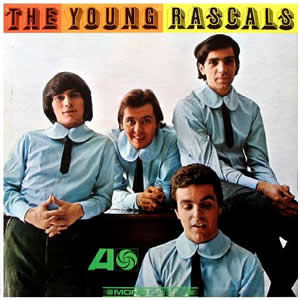
Buy The Young Rascals The 1966 self-titled debut by The Young Rascals is made mostly of cover songs. However, this in no way implies that the album is unoriginal as the quartet’s original […]